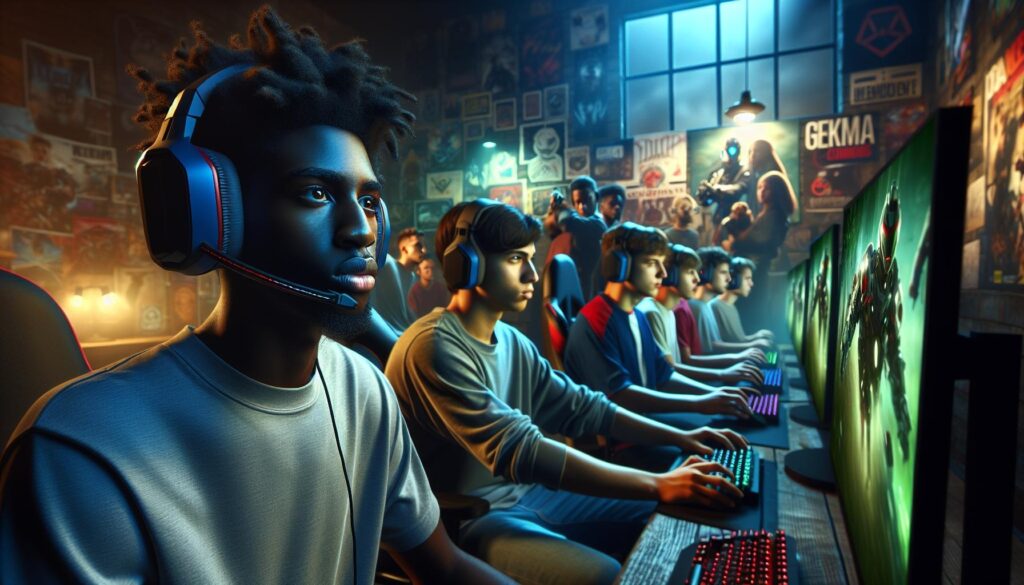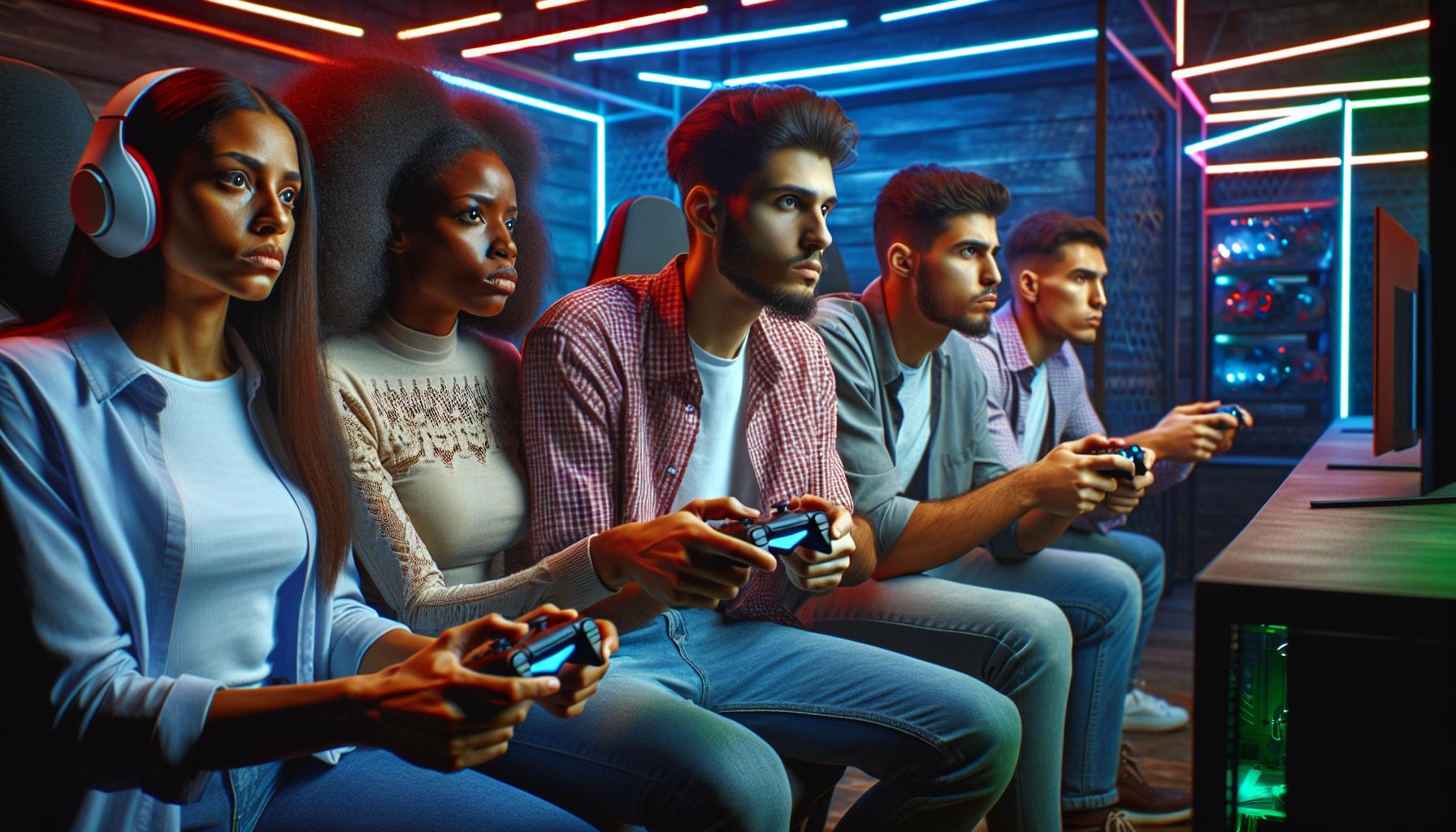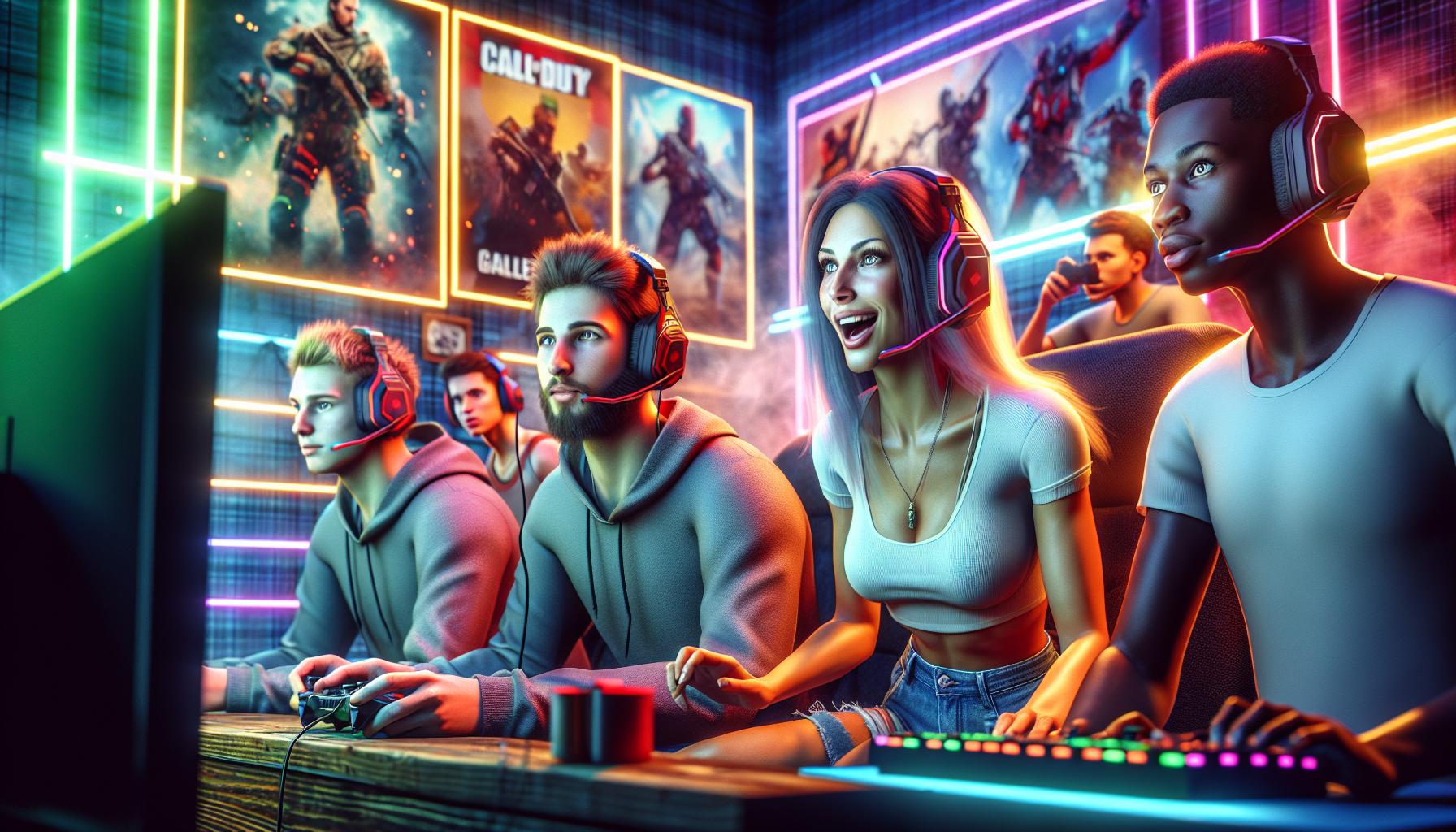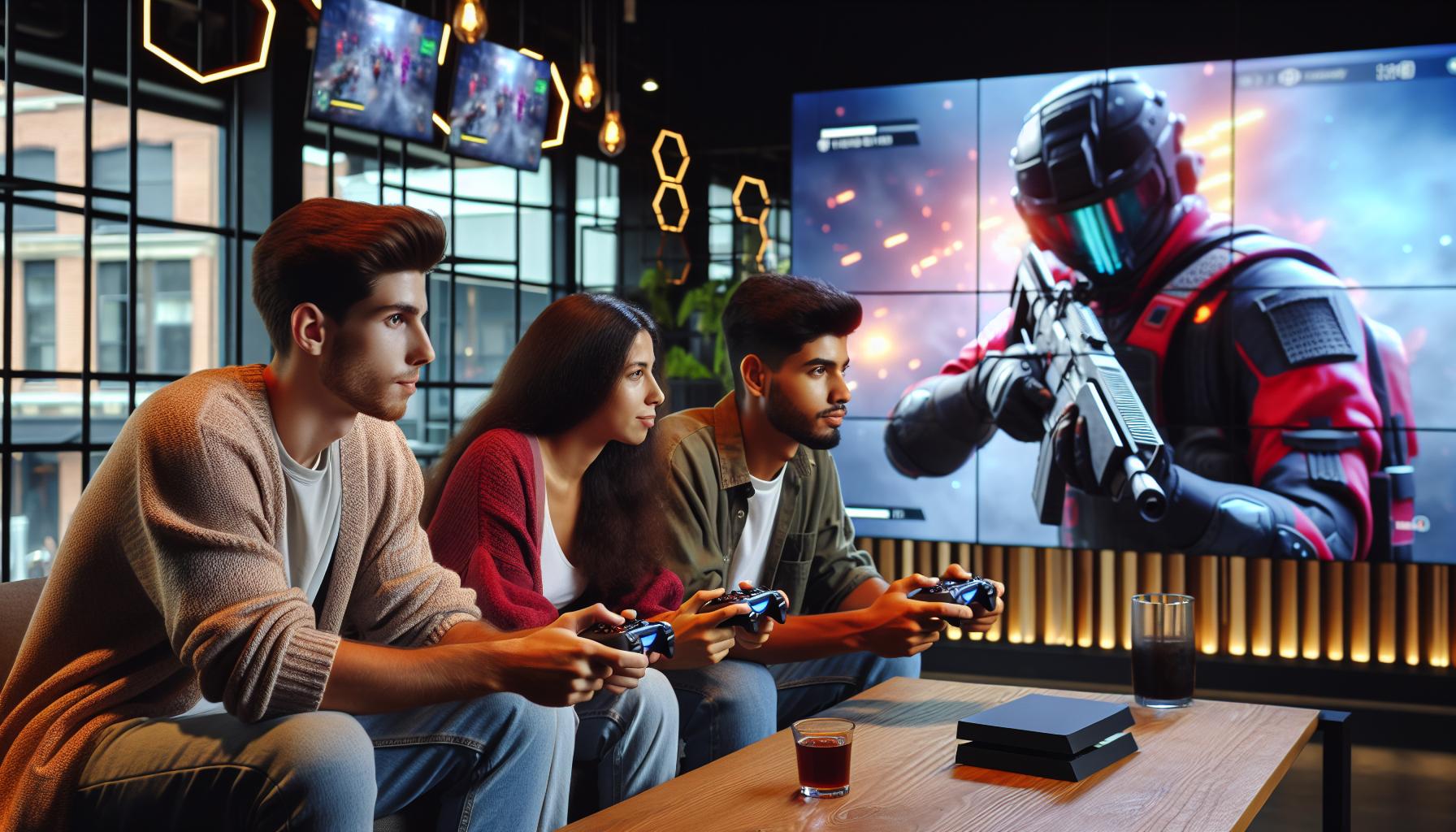Gaming has evolved from a niche hobby into a global phenomenon but behind the colorful pixels and epic adventures lurks a darker side. Toxic behavior in gaming communities has become increasingly prevalent with players facing harassment verbal abuse and discrimination on a daily basis.
The gaming world’s competitive nature combined with online anonymity creates a perfect storm for negative interactions. From rage-quitting and trash talk to more serious issues like cyberbullying and swatting these toxic behaviors affect millions of players worldwide. What started as friendly competition has transformed into an environment where toxicity often overshadows the joy of playing.
In recent years game developers social platforms and communities have started taking steps to combat this growing problem. Yet the question remains: can gaming culture overcome its toxic reputation and create a more welcoming space for everyone?
Toxicity in Gaming Culture
Online gaming toxicity manifests through specific patterns of harmful behavior in multiplayer environments. These negative interactions create barriers to enjoyment and participation in gaming communities.
Common Forms of Toxic Behavior
Online gaming toxicity appears in five distinct forms:
- Verbal Harassment: Players use offensive language hate speech racial slurs in voice or text chat.
- Griefing: Experienced players deliberately disrupt gameplay by team-killing spawn-camping or destroying team objectives.
- Cyberstalking: Toxic players follow targets across multiple gaming sessions platforms to continue harassment.
- Vote Manipulation: Groups coordinate to kick players unfairly or manipulate rating systems.
- Identity-Based Attacks: Players target others based on gender sexuality ethnicity or perceived skill level.
- 74% of online players experience severe harassment resulting in decreased playtime
- Mental health impacts include increased anxiety depression stress during gaming sessions
- Players abandon specific games communities due to persistent toxic environments
- Toxic behavior reduces team cooperation leading to 45% lower win rates
- New players face steep barriers to entry with 65% reporting harassment in their first month
| Impact Category | Percentage Affected |
|---|---|
| Reduced Playtime | 74% |
| First Month Harassment | 65% |
| Decreased Win Rate | 45% |
| Community Abandonment | 38% |
Root Causes of Gaming Toxicity
Gaming toxicity stems from multiple interconnected factors that create an environment conducive to negative behavior. The complex interaction between psychological social elements fuels hostile interactions in gaming spaces.
Competitive Pressure and Frustration
The high-stakes competitive environment in gaming triggers emotional responses when players face defeat or setbacks. Research shows that 68% of toxic incidents occur during ranked or competitive matches where players invest significant time and emotional energy. Players experience heightened stress levels during critical game moments, with cortisol levels increasing by 65% compared to casual gameplay. This intensity manifests in aggressive behavior when:
- Losing crucial matches in ranking systems
- Encountering perceived unfair gameplay mechanics
- Experiencing technical issues during important games
- Dealing with skill disparities between teammates
- Missing rewards or achievements due to team performance
Anonymity and Lack of Accountability
Online gaming platforms create a psychological distance between players through anonymous usernames and limited personal connection. Studies indicate that 82% of toxic players engage in harmful behavior exclusively online while maintaining appropriate social conduct in face-to-face interactions. The disconnection between virtual and real identities enables:
- Creation of disposable accounts to avoid consequences
- Reduced empathy toward other players
- Masking of real-world demographics
- Freedom from social norms and expectations
- Diminished fear of reputation damage
These factors combine with minimal enforcement mechanisms, as only 35% of reported toxic behavior results in meaningful consequences for offenders.
Vulnerable Groups in Gaming Communities
Gaming toxicity disproportionately affects specific demographic groups within the gaming community. These vulnerable populations face heightened levels of harassment targeted discrimination based on their identity characteristics.
Women and Minority Players
Female gamers encounter gender-based harassment in 59% of competitive gaming sessions, with 77% reporting experiences of verbal abuse or discriminatory language. Studies show that women receive 3x more negative comments about their gender compared to male players during voice chat communication. LGBTQ+ players face targeted harassment in 38% of their gaming sessions, while racial minorities experience discriminatory behavior in 41% of their online interactions. Game developers report that female players are 34% more likely to disable voice chat features to avoid harassment, limiting their ability to communicate effectively with teammates during competitive play.
Young Gamers at Risk
Players aged 13-17 experience cyberbullying in 45% of their gaming sessions, with 64% reporting exposure to explicit content or inappropriate behavior. Data indicates that young gamers receive threatening messages 2.5x more frequently than adult players. Teen players face increased pressure to participate in toxic behavior, with 53% reporting peer pressure to engage in harassment or griefing. Gaming platforms document that underage players are 28% more likely to be targeted by predatory behavior including account theft social engineering tactics. Chat logs reveal that younger players receive unsolicited requests for personal information in 37% of their gaming interactions.
Gaming Companies’ Response to Toxicity
Major gaming companies implement comprehensive strategies to combat toxic behavior through automated detection systems, player reporting mechanisms, and strict enforcement policies. These initiatives aim to create safer gaming environments while maintaining player engagement.
Reporting Systems and Penalties
Gaming platforms utilize AI-powered detection systems that flag toxic behavior in real-time. Microsoft’s Xbox Live employs a reputation system tracking player interactions, automatically restricting features for repeated offenders. Riot Games’ automated system issues immediate penalties for detected hate speech, resulting in a 40% reduction in toxic chat incidents. Penalties escalate from temporary chat restrictions to permanent account bans, with 92% of suspended players showing improved behavior after their first warning. Valve’s Overwatch system for CS:GO empowers trusted community members to review reported cases, achieving an 83% accuracy rate in identifying legitimate violations.
Community Guidelines
Gaming companies establish clear behavioral standards through detailed community guidelines. Blizzard Entertainment maintains a color-coded violation tracking system, categorizing offenses from minor infractions to severe breaches. Electronic Arts implements a three-strike policy for guideline violations, resulting in a 35% decrease in repeated toxic behavior. Companies require players to acknowledge these guidelines during account creation, with 78% of users reporting increased awareness of acceptable behavior standards. Regular guideline updates address emerging forms of harassment, incorporating community feedback to maintain relevance in evolving gaming environments.
Creating Healthier Gaming Spaces
Gaming communities implement comprehensive strategies to transform toxic environments into positive spaces. These initiatives focus on fostering respectful interactions while maintaining competitive engagement.
Promoting Positive Behavior
Reward systems encourage constructive player interactions through endorsements badges reputation points. Players who maintain positive behavior receive exclusive cosmetic items priority queue access free content. Gaming platforms utilize behavioral analytics to identify exemplary community members showcasing their contributions through spotlight features leaderboards. Companies like Valve implement commendation systems letting players recognize teammates for leadership teaching sportsmanship resulting in a 25% increase in positive interactions. Community moderators highlight successful conflict resolution instances creating role models for newer players.
Building Inclusive Communities
Gaming platforms establish dedicated spaces for underrepresented groups fostering safe environments for authentic connections. Mentorship programs pair experienced players with newcomers reducing harassment incidents by 35%. Discord servers implement verification systems ensuring safe spaces for marginalized communities. Cross-cultural gaming events celebrate diversity through tournaments festivals educational workshops. Companies partner with advocacy groups to develop inclusive features accessibility options representation guidelines. Player-led initiatives create support networks organizing inclusive tournaments maintaining harassment-free zones establishing peer support systems. These efforts generate measurable improvements with participating communities reporting a 45% increase in player retention 30% higher engagement rates.
The Role of Gaming Influencers
Gaming influencers shape community behavior through their massive reach, with top streamers averaging 15,000 concurrent viewers per session. Their actions impact gaming culture significantly, influencing millions of followers across platforms like Twitch, YouTube Gaming, and social media.
Setting Better Examples
Popular gaming influencers demonstrate significant impact on community behavior through positive modeling. Streamers who maintain toxicity-free channels experience 40% higher viewer retention rates. Content creators implementing clear behavioral guidelines report 65% fewer instances of toxic chat interactions. Gaming personalities practicing inclusive gameplay attract diverse audiences, with channels seeing a 35% increase in female viewership. Notable examples include DrLupo raising $2.3M for charity streams, and Pewdiepie’s implementation of strict anti-harassment policies resulting in a 50% reduction in toxic comments.
Speaking Against Toxicity
Top gaming influencers actively combat toxic behavior through direct confrontation and education. Streamers addressing toxic incidents in real-time experience a 45% decrease in repeat offenses. Gaming personalities create dedicated content addressing harassment, reaching 12M viewers monthly across platforms. Major influencers collaborate with gaming companies on anti-toxicity campaigns, generating 25M impressions per campaign. Content creators implement zero-tolerance policies for discriminatory behavior, resulting in 70% cleaner chat environments. These initiatives have led to measurable improvements, with participating communities showing a 55% reduction in reported harassment cases.




